Your step-by-step guide to going from “no clue” to “paid freelancer” in 30 days.
Let me guess, you keep hearing people say “just start freelancing!” but every time you Google “how to start freelancing”, you freeze.
No experience. No portfolio. And no clue where to begin.
I’ve been there.
When I landed my first paid freelance work on Upwork a few years ago, I didn’t have a fancy website, a ton of testimonials, or a list of past clients.
What I did have was confidence in my ability to help my clients achieve the outcome they were looking for by hiring me.
That one $100 “trial” gig turned into a $1,000/month client. And I want that same trajectory for you.
Since my start on Upwork, I’ve earned over $100,000+ as a freelancer.
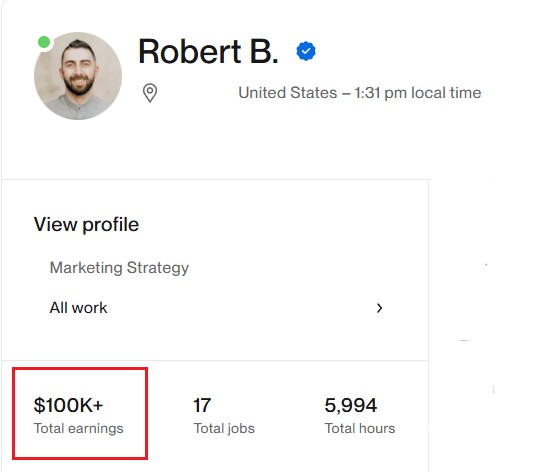
This post breaks down how to start freelancing with zero experience in a way that’s actually doable.
You’ll walk away knowing exactly what to offer, where to start, and how to land your first paying client (even if you’re starting from scratch).
Disclosure: Our website is reader-supported. If you purchase any service through our partner links, we may earn a commission at no extra cost to you.
Table of Contents
1. What Are Your Skills?
You don’t need a resume with a ton of client work to start freelancing – you just need proof that you can solve a problem. How do you find this out? Look at the everyday things you already do well.
Real-Life Examples:
- Did you plan events for a school club? → You’ve got project management experience.
- Are you the one who color-codes your Calendar and sends out reminders to friends? → Welcome to virtual assistant land.
- Have a creative vision and great at Instagram or TikTok reels that get likes? → Then social media content creation is for you.
Quick Tip:
Make a list of skills you’ve used at school, jobs, or just for fun. Then Google: “freelance jobs for [your skill]” to see what’s out there.

2. Build a Simple Starter Portfolio
If you have no experience on how to start freelancing, it’s best to create your own projects.
Clients want to see what you can do, not who you’ve worked for. That’s why creating some mockups, samples, and self-initiated work can totally get you hired.
Portfolio Ideas by Skill:
| Skill | Sample Project Idea |
|---|---|
| Writing | Blog post on a topic you’re familiar with and enjoy |
| Graphic Design | Logo for a coffee shop |
| Web Design | One-page portfolio site for a “made up” startup |
| Social Media | 30-day content calendar for a brand |
| Data Entry/Admin | Spreadsheet tracker for a “made up” business |
Quick Tip:
Use Notion, Google Drive, or a free Canva website to showcase your work. Keep it clean and easy to view.
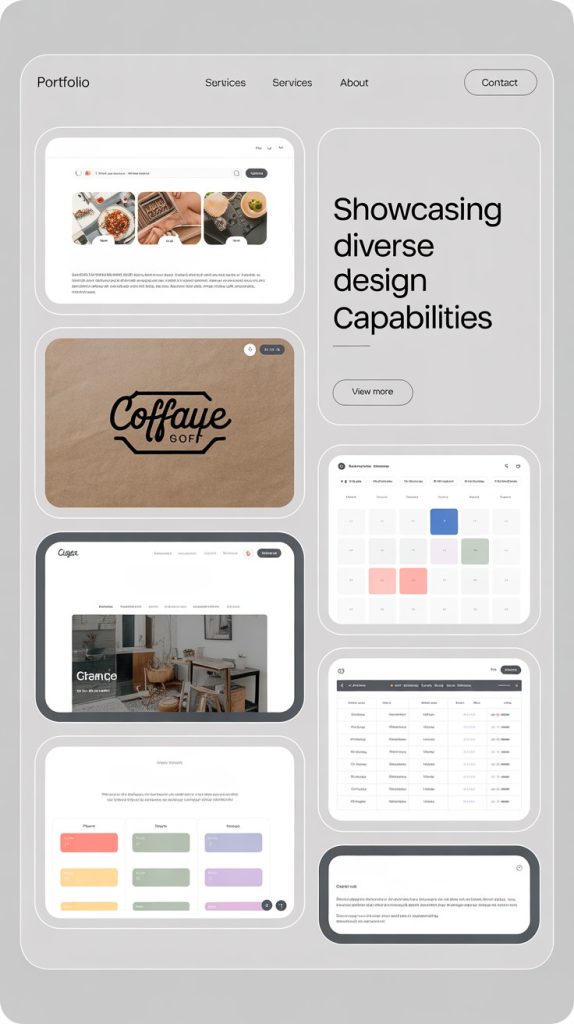
3. Sign Up on Freelance Websites
This is where the clients hang out, both smaller businesses and enterprise businesses. Freelance platforms make it easy to get started with your first gigs – even if you don’t have a portfolio that includes a ton of clients.
Where to Start:
- Upwork: My personal favorite. Great for general services, great long-term clients
- Fiverr: Productized services (For example: “I will design your resume for $20”)
- Freelancer.com: Competitive, but decent for short gigs
How to Stand Out as a Beginner:
- Write proposals that talk about the client and their needs – not about you
- Keep your intro short, specific, and friendly
- Offer a “quick win” and guarantee satisfaction (like 1 free revision)
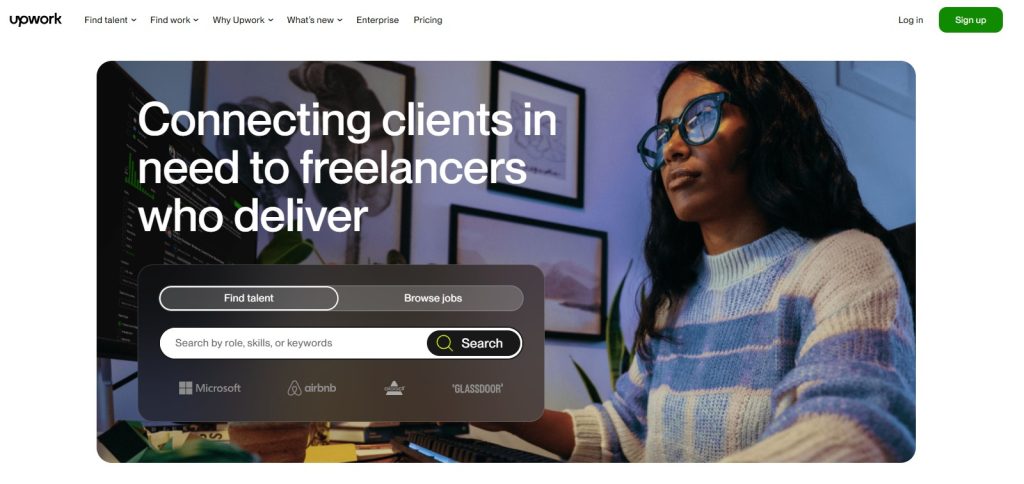
4. Network Like Your Rent Depends On It (Because It Might)
Your first client might come from your existing circle. No shame in that. Why? Because it’s smart business.
Places to Find Your First Client:
- DM 3 friends or former colleagues offering help with something you’re good at
- Post on LinkedIn: “I’m offering [your service] at an intro rate this month – message me if you know someone who needs it!”
- Join Facebook groups and Reddit threads related to your expertise
Real Story:
My first freelance gig came from doing keyword research for a friend of a friend who ran an online business and needed help optimizing their ads.
It got my foot in the door and that one client referred me to two more. What started as a favor turned into a paid project.
Free → paid → referrals → repeat.

5. Use Social Media to Show Off Your Skills
Even with zero followers, your Instagram or LinkedIn can become a mini-portfolio.
What to Post:
- Before/after shots of your work
- 30-second tips in your niche (For example, “3 Canva hacks for small biz owners”)
- Screenshots or testimonials from happy clients
Tools To Help You:
- Canva for designing posts
- Later or Buffer for scheduling
- Linktree to direct people to your portfolio or email
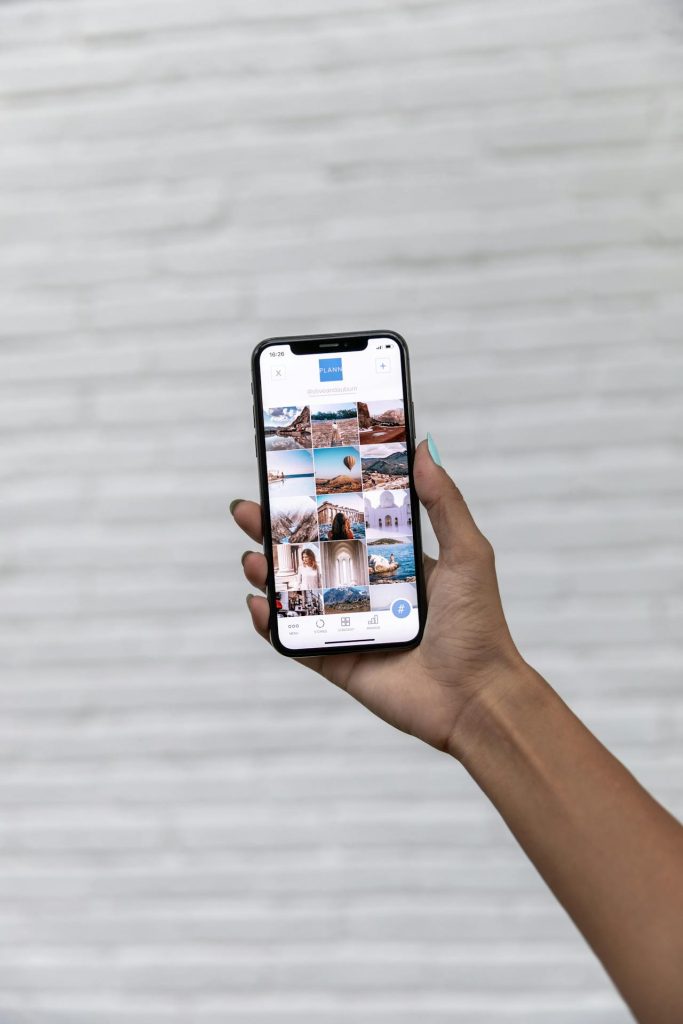
6. Start with a “Test Price” Strategy
You’re not working for free, but you’re not charging $100/hour either. So don’t get greedy yet!
Set an introductory price to build momentum early. Focus on delivering good results, and in return, ask for a testimonial you can show to future clients.
That social proof is your stepping stone. Honestly, think about it. Low rates now can lead to higher paying, referral based work later.
Example:
If most people are charging $200 for logo design, start at $75. Make it clear that it’s a limited-time rate in exchange for feedback.
“I’m currently offering discounted rates as I build my portfolio. I’m happy to provide high-quality work at a fraction of the price in exchange for a testimonial.”
You’re not undervaluing yourself, you’re playing the long game.

7. Collect Reviews Like Gold Stars
Client reviews = social proof = higher paying gigs.
How to Get Great Testimonials:
- Ask every happy client for a short quote about their experience
- If they’re not sure what to say, ask something like: “What was your favorite part of working with me?”
- Show reviews on your site, portfolio, and social media
Bonus:
Offer to turn their testimonial into a graphic for their feed. Win-win visibility.
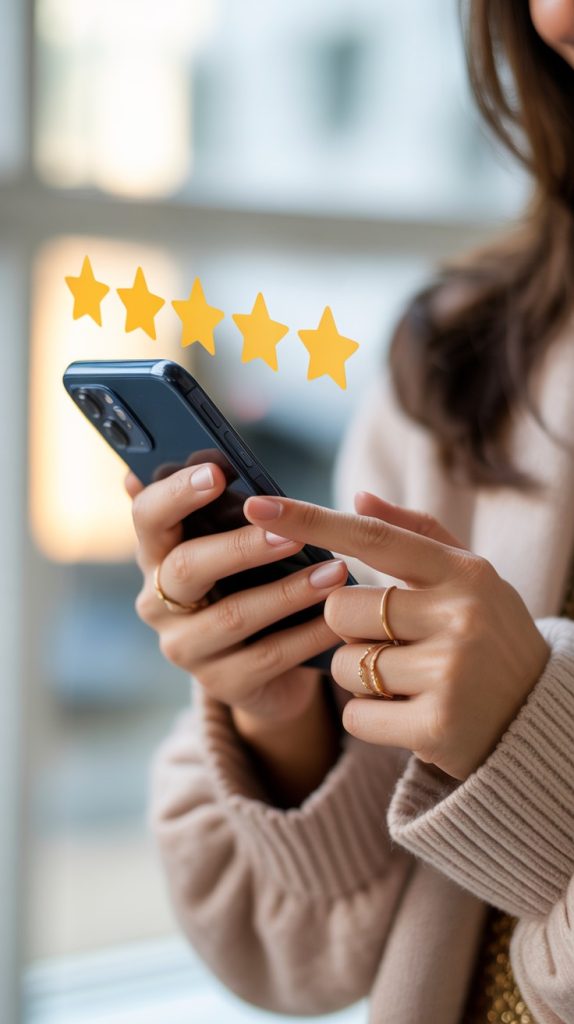
8. Level Up Your Skills as You Go
Don’t wait to be “ready.” If you keep hesitating on how to start freelancing, you’ll miss out on opportunities and great-paying clients.
The best freelancers learn on the job, then sharpen with courses or tutorials between gigs.
Top Free & Paid Platforms:
- Skillshare – Creative and tech skills
- Coursera – Business, marketing, and certs
- YouTube – For literally everything
Quick Tip: Learn enough to start, then specialize later. You can charge more once you’re known for something specific (like “email copy for Etsy sellers”).

9. Get Organized: Time, Tools, and Money
Once you’ve got clients coming in, it’s time to treat freelancing like a business—even if you’re just doing it on the side.
Must-Have Tools:
| Need | Tool Suggestion |
|---|---|
| Time Tracking | Toggl, Clockify |
| Invoicing & Payments | PayPal, Wave, HoneyBook |
| Contracts | Bonsai, HelloSign |
| Task Management | Trello, ClickUp |
Remember to set work hours, boundaries, and deadlines especially if you’re juggling a job or school.
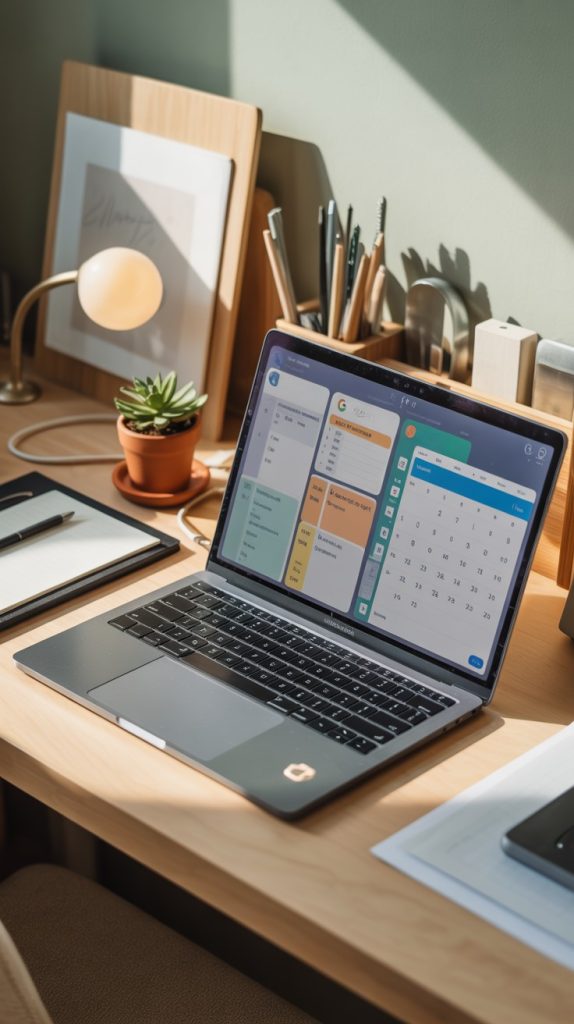
10. Stay Consistent and Keep Pitching
Freelancing is a momentum game. The more you put yourself out there, the faster things will work out for you.
Weekly To-Do List:
- Apply to 5 new projects
- Update your portfolio with 1 new piece
- Post once on social media (if you use it!)
- Follow up with past clients
Even when it’s slow, keep planting seeds. What feels like “nothing” now could turn into “I’m fully booked out” 3 months from today.
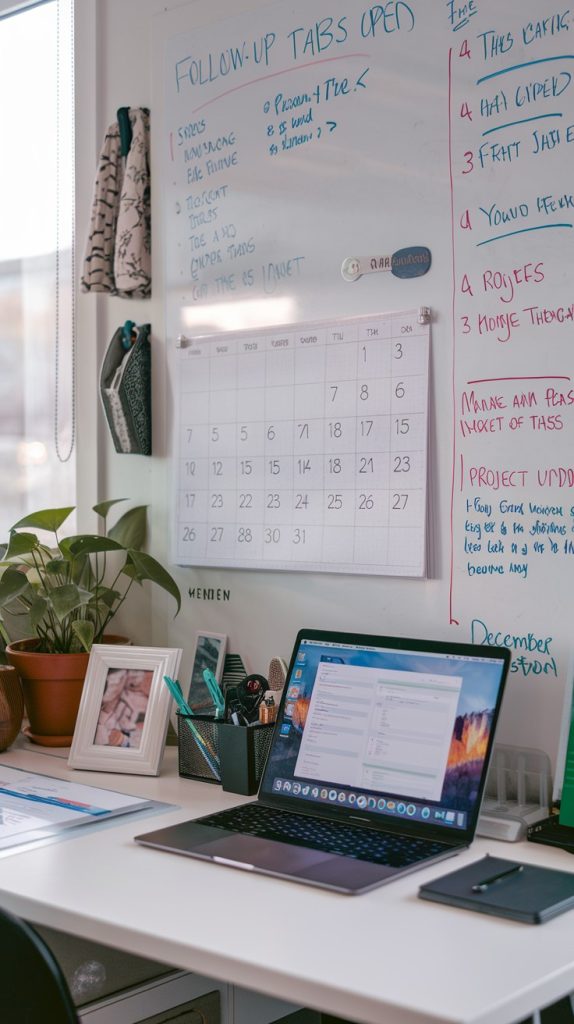
Final Thoughts: Start Messy, Stay Hungry
You don’t need experience. You need proof that you can help someone.
Freelancing without experience is 100% possible. If you start where you are, use what you have, and keep learning as you go.
Whether you land your first project through Upwork, LinkedIn, or your old boss’s neighbor’s cousin, that first win will change your mindset forever.
You don’t need to have it all figured out. Use the skills you have now to get started.
Keep improving. And remember that every six-figure freelancer started with zero experience, too.
👉 Follow me on Pinterest for more tips on wealth, money and business!
Looking to Earn More? Learn More About Side Hustles
- 5 Underrated Side Hustle Ideas that Make $8,000 a Month
- How to Sell on Etsy as a Beginner and Make Your First Sale
My Favorite Tools
To help you reach your financial goals, below are resources you can use to get started. They are free to sign up and will support your money goals.
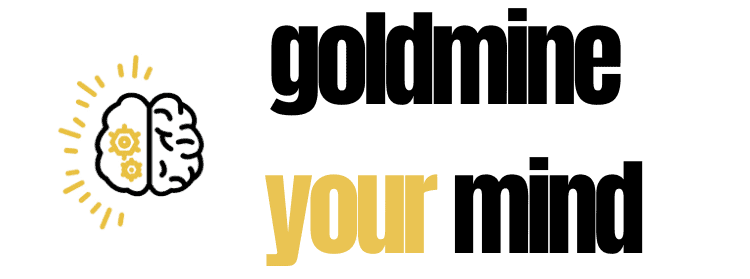

Leave a Reply